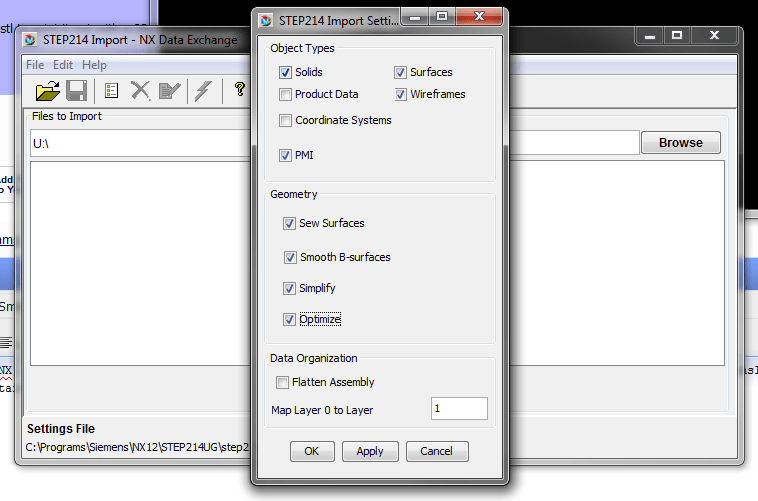mehmoka
Mechanical
- Nov 12, 2018
- 6
Hi,
A imported a step file and i want to export it as stl to print it out with a 3D printer. When i import the step file i get faces too, a tried to use saw to make from them solid bodys but it didnt work.
Do you have any idea how can i do this job?
A imported a step file and i want to export it as stl to print it out with a 3D printer. When i import the step file i get faces too, a tried to use saw to make from them solid bodys but it didnt work.
Do you have any idea how can i do this job?

